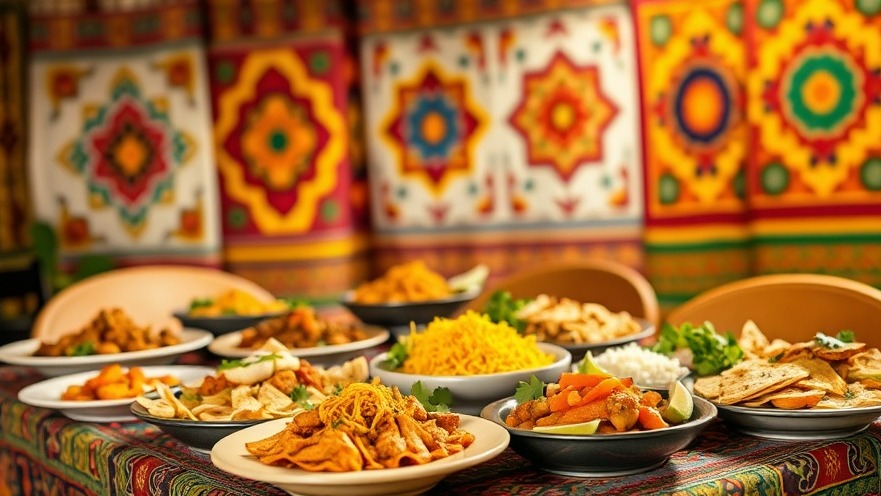
The Intersection of Craftsmanship and Cuisine
In an exciting blend of creativity, tradition, and sustainability, Mexico City’s art week has become the canvas for a remarkable collaboration. Davidpompa, a renowned lighting design studio, has teamed up with Contramar, a celebrated seafood restaurant, to create an immersive exhibition called Woven Kitchen. This display doesn’t just showcase food; it weaves together the vibrant culture of Mexico through traditional weaving techniques and modern culinary artistry.
A Culinary Showcase: Celebrating Mexican Seafood
Located in the trendy Roma Norte neighborhood, Woven Kitchen presents a unique experience where diners not only savor exquisite seafood dishes but also explore the rich history of Mexican craftsmanship. The acclaimed chef Gabriela Cámara will be on hand, offering signature dishes like warm shrimp broth and tuna tostadas, each prepared with fresh ingredients that highlight the freshness of local seafood.
This exhibition goes beyond the plate; it’s a celebration of artisanal techniques. Hand-woven palma, a type of palm used in crafting from pre-Hispanic times, adorns both the walls and floors of the space, accentuating the deep-rooted traditions that inspire the recipes served.
Design as Art: The Role of Lighting in Woven Kitchen
The collaboration also emphasizes the importance of design in dining experiences. Featured prominently are pieces from the Cilia lighting collection, which employs the same palma material used throughout the exhibition. These lighting installations not only illuminate the space but also represent the skills of artisans from Puebla, creating an intimate connection with the local craft community.
Large steel panels, reminiscent of industrial kitchens, line the venue, creating a modern backdrop that juxtaposes the ancient weaving methods. This clever design element highlights the transformation of traditional practices into contemporary culinary settings.
Creative Experiences and Cultural Exchange
Woven Kitchen is more than just an exhibition; it's an exploration of how food and design can tell a story. Each element in this exhibit, from the seafood dishes to the components of the lighting installations, emphasizes the processes that intertwine cooking with the art of design.
The steel display tables serve a dual purpose, showcasing not just the prepared dishes, but also the ingredients and methods used in their creation. An assortment of dried products that reference traditional drying techniques offers a glimpse into how history shapes modern cooking approaches.
The Importance of Cultural Events in Urban Spaces
This collaboration takes place during Mexico City art week, an annual event that celebrates art and design while encouraging visitors to engage with local culture. Woven Kitchen is a testament to how cities can foster creativity and innovation. It reminds us that even as we explore contemporary dining, we must not forget the cultural and historical significance that foods and crafts hold.
The partnership between Davidpompa and Contramar reflects a broader trend in urban spaces: the convergence of various forms of art, whether in architecture, food, or lighting design. Such events invigorate the community, inspire locals, and attract tourists to experience the rich tapestry of culture that cities like Mexico City have to offer.
An Invitation to Experience the Fusion of Art and Cuisine
For those looking to expand their horizons this February, Woven Kitchen will be open from the 4th to 9th at Colima 264, Roma Norte, Mexico City. This collaboration between esteemed professionals illustrates how the marriage of food, design, and culture can create awe-inspiring experiences. It invites you to not just partake in a meal but to embrace the story behind each dish and design–a true feast for all the senses.
 Add Row
Add Row  Add
Add 




Write A Comment